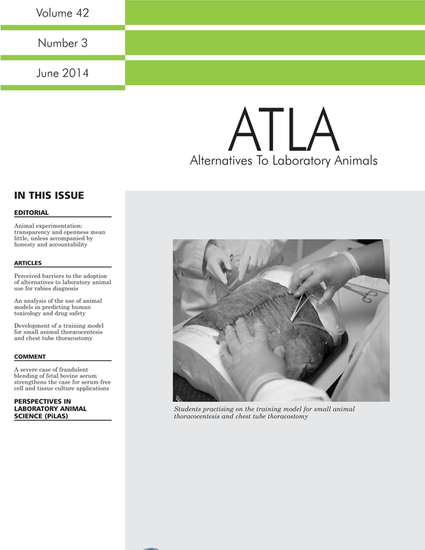
Animal use continues to be central to preclinical drug development, in spite of a lack of its demonstrable validity. The current nadir of new drug approvals and the drying-up of pipelines may be a direct consequence of this. To estimate the evidential weight given by animal data to the probability that a new drug may be toxic to humans, we have calculated Likelihood Ratios (LRs) for an extensive data set of 2,366 drugs, for which both animal and human data are available, including tissue-level effects and MedDRA Level 1–4 biomedical observations. This was done for three preclinical species (rat, mouse and rabbit), to augment our previously-published analysis of canine data. In common with our dog analysis, the resulting LRs show: a) that the absence of toxicity in the animal provides little or virtually no evidential weight that adverse drug reactions (ADRs) will also be absent in humans; and b) that, while the presence of toxicity in these species can add considerable evidential weight for human risk, the LRs are extremely inconsistent, varying by over two orders of magnitude for different classes of compounds and their effects. Therefore, our results for these additional preclinical species have important implications for their use in predicting human toxicity, and suggest that alternative methods are urgently required.
